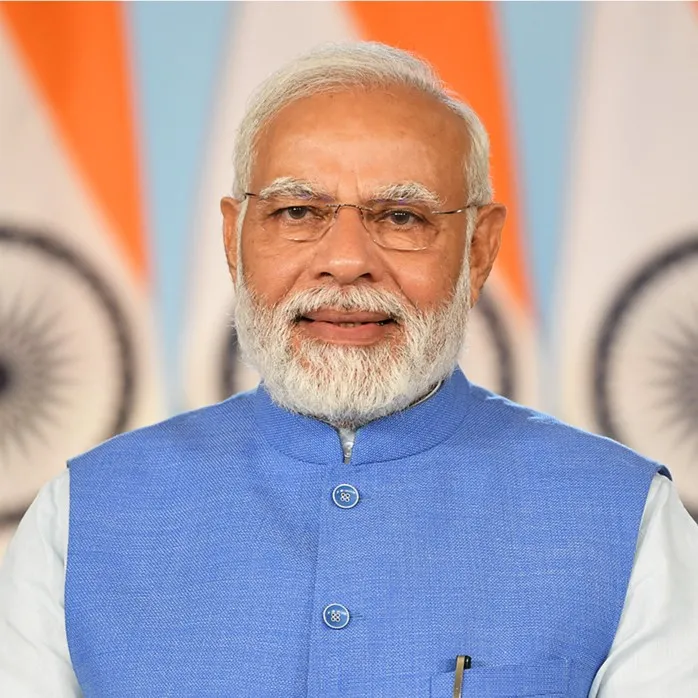Unified Pension Scheme: The BJP's Response to Political Challenges and Economic Pressures

The Context of the Unified Pension Scheme
As political pressures mount, PM Narendra Modi has introduced the Unified Pension Scheme (UPS) in response to the opposition's reintroduction of the Old Pension Scheme (OPS) in non-BJP ruled states. The BJP, recovering from recent electoral setbacks, seeks to stabilize its middle-class support.
What the Unified Pension Scheme Entails
The UPS combines elements of the scrapped OPS and the New Pension Scheme (NPS) initiated in 2004, offering civil servants a more reliable pension model. Workers benefiting will receive an average of 50% of their last 12 months' salary after serving a minimum of 25 years.
Inflation Protection and Immediate Payouts
Pensioners under the UPS will enjoy inflation-indexed adjustments similar to the previous scrapped scheme, ensuring stability against rising living costs. An immediate lump sum payment will be offered upon retirement, calculated from the basic salary.
Financial Implications for the Government
- The government anticipates an initial burden of Rs 6,250 crore in the first year, alongside clearing Rs 800 crore for retired employees.
- The Reserve Bank of India projects future expenditures could vastly exceed current allocations under NPS.
Political Ramifications Ahead
This policy shift raises questions about whether the Modi administration is retreating from its reform agenda in favor of populism. As upcoming assembly elections approach, the BJP aims to reclaim voter confidence with this new pension initiative.
This article was prepared using information from open sources in accordance with the principles of Ethical Policy. The editorial team is not responsible for absolute accuracy, as it relies on data from the sources referenced.